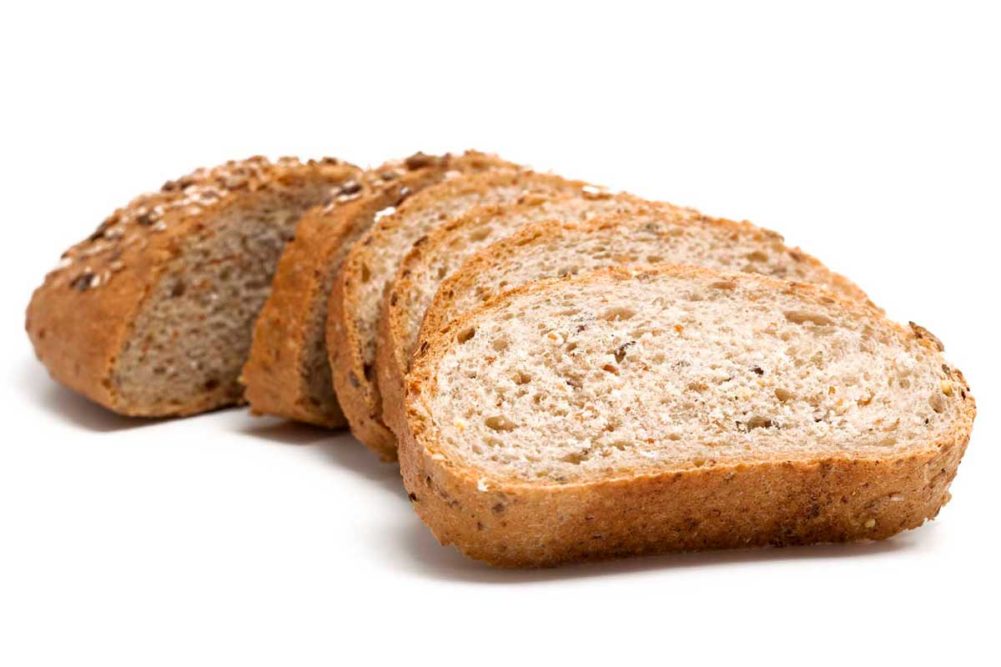As any baker — especially one trying to go gluten-free — knows, gluten is the major protein in wheat flour that provides the structure necessary to create buns, rolls or an acceptable loaf of bread. Much of this is determined by the two main components of gluten: gliadens and glutenins.
“They both contribute to viscoelastic properties of dough,” said Anita Srivastava, PhD, CFS, senior technical service manager, bakery, Kemin Food Technologies, Americas. “Gliadins provide viscous properties to dough while glutenins impart strength and elasticity.”
When flour contains a great quality of gluten and the equipment is gentle, bakers can make a consistent, high-quality loaf of bread.
“But if you try to speed up your process or don’t have as much skilled labor, or you’re using a cheaper flour with less gluten present, you tend to go toward adding gluten as the first choice for a solution because gluten is the holy grail,” said Tess Brensing, senior product manager, functional systems, Corbion. “Gluten has the elasticity and extensibility that bakers really want.”
Dough conditioners are often present in commercial bakery products already for these reasons. Mark Zielonka, national R&D product manager, BreadPartners, asserted that with a high-quality flour, a well-balanced conditioner and good process controls, bakers won’t need vital wheat gluten for certain applications.
“However, for certain situations like specialty products like Kaiser rolls or heavier grain breads and rolls, sourdough and variety breads, or frozen dough, the additional strength provided by vital wheat gluten may be necessary,” he said. “In those instances, the use of an enzyme-based gluten replacer may be the best option.”
Vital wheat gluten may be the silver bullet, but with the right enzymatic-based dough conditioners, bakers can replicate those same functions they gain when adding extra gluten.
“I always look at it as if gluten were the framework for a house,” said Troy Boutte, PhD, vice president, innovation, AB Mauri North America. “It provides the structure and strength that everything else is built around. Dough conditioners are more like the nails and cross braces.”
This article is an excerpt from the March 2022 issue of Baking & Snack. To read the entire feature on Dough Conditioners, click here.






